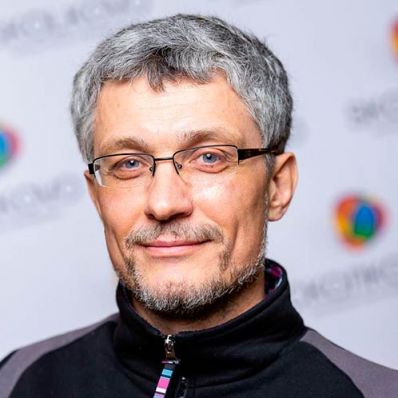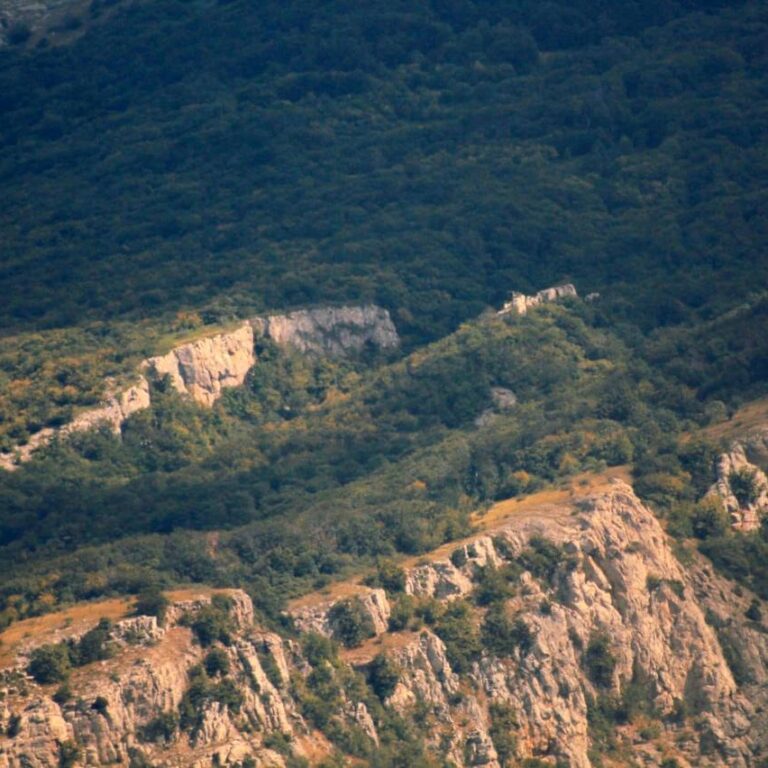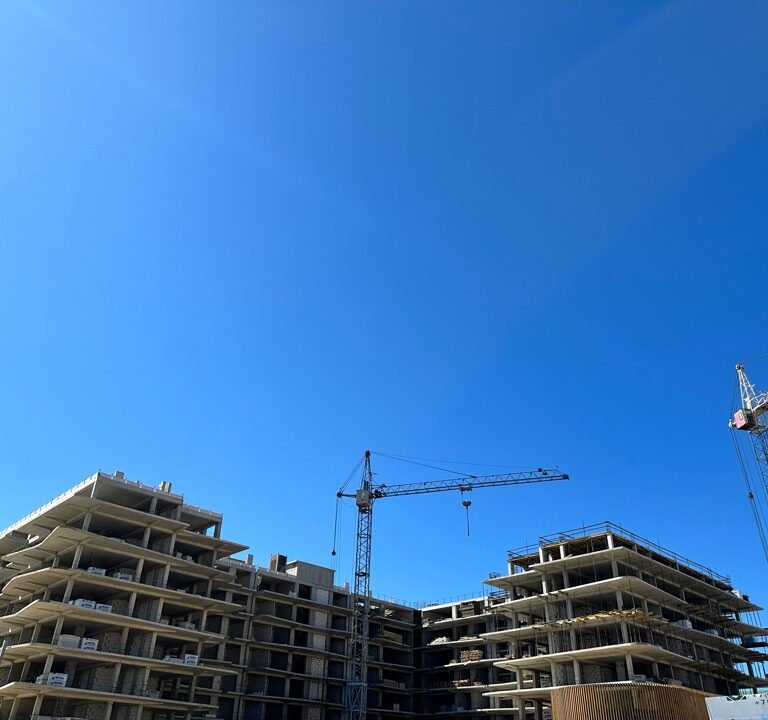According to official sources close to the German government, German companies Deutsche Regas, Uniper, RWE have received their first batches of iquefied natural gas by sea from European producers (Norway), transit nations (the Netherlands), the Middle East (Qatar, Iraq), and North Africa (Egypt, Algeria).
Fairly recently, Germany and other European countries could not imagine their economies and household consumption without Russian gas. The construction and commissioning of the Nord Stream (Nord Stream) rapidly proceeded to increase from 312 billion m³ in 2007 to 512 billion m³ in 2030 Russian gas flows (which is 55 bcm per year) to industrial giants (BASF, Heinz-Glas, Lanxess, DS Smith) and household consumers in Germany and other European countries (Austria, France, the Netherlands, and Italy) bypassing the gas transmission system, operated by and passing through the territory of Ukraine. At the same time, political instability in Europe and Russia’s local military campaigns in the territory of Ukraine since 2014 kept the issue of Europe’s energy dependence on Russian gas supplies open and extremely uncomfortable for European politicians. In general, in 2021, the Russian Federation was the main supplier of gas to Europe, with a comfy 36% share in the European gas market. Germany was the main consumer with about 55%. Russia’s large-scale aggression against Ukraine, unleashed in February 2022, their seizure of certain territories of Ukraine, and the introduction of Russia sanctions by the international community prompted European leaders (in Germany, France, the Netherlands, and Poland) to seek a solution to the issue of finding reliable gas supplies to cover own needs, taking into account guarantees for stable volumes, terms, and contract execution.
As evidenced by their actions, in particular those by German Chancellor Olaf Scholz, the efforts to reorient gas imports have yielded results.
Today, after Russia in June 2022 sharply reduced gas flows to Germany via Nord Stream by 40%, from 167 mcm to 67 mcm) and then, in August, put them to a full halt, Norway has become Germany’s supplier. The Norwegian state oil and gas company Equinor previously ranked second in the German market after the Russian Gazprom, has now taken the lead. According to the German Federal Grid Agency (Bundesnetzagentur), in 2022, the share of Norwegian gas stood at 33%, and Russian – at 22%. Taking into account the fact that in the last months of 2022 gas wasn’t supplied from Russia at all, and that German enterprises and households reduced consumption by about a quarter, Norway’s share could well have increased to about 40%.
This became possible due to the fact that since last spring, Norway has increased gas supplies to Germany and other EU countries to the maximum possible extent, including LNG. This was agreed with the Norwegian government by the Minister of Economy and Climate Protection of Germany, Robert Habeck, back in the spring of 2022, three weeks after Russia’s incursion into Ukraine. Throughout this period, the German minister has visited several gas exporting countries, but the first thing he did was come to Norway. Negotiations with Norwegian Prime Minister Jonas Gahr Støre were held twice in 2022 by German Chancellor Olaf Scholz – first in Oslo in August, then in Berlin in November. The German leader then called Norway “a very special partner for Germany”, while the Prime Minister of Norway stressed that “Germany is Norway’s most important partner in Europe.”
Thus, bilateral German-Norwegian political contacts intensified sharply last year. The year 2023 began with a new landmark visit. It was also peculiar due to Robert Habeck focusing not so much on the current supplies of Norwegian gas, but on the medium and long-term prospects for energy cooperation. It was about maintaining and expanding mutually beneficial energy cooperation in the context of the growing decarbonization of European economy. After all, Germany, along with other EU countries, and Norway are committed to the UN goals of protecting the global climate and firmly intend to move towards the strategic goal of phasing out fossil energy. Setting the focus and priorities, Robert Habeck said that “Norway is our most important energy supplier today and must remain such on the path to a climate neutral future. Today we receive the bulk of our natural gas from Norway, and in the future we want to increasingly switch to importing marine energy wind farms and hydrogen – first ‘blue’, then more and more ‘green’ hydrogen”.
The key outcome of the German-Norwegian meeting was the signing of a protocol of intent between Equinor and RWE, formerly one of the major German importers of Russian gas, on the construction by 2030 of an underwater pipeline in the North Sea. According to the memo, Germany at the first stage of operation would import gas from Norway for the production of “blue” hydrogen, which is obtained from methane (natural gas) by steam reforming, while the released CO2 is captured and stored deep underground, before being gradually transferred to “green” hydrogen produced by water electrolysis with the use of renewables, in this case – offshore wind farms.
Of particular note is LNG supplies by sea from European producers (Norway, the Netherlands), the United States, the countries of the Persian Gulf and North Africa. There is an LNG terminal in the port of Swinoujscie (Poland), where gas is received from Qatar. In December last year, the first LNG terminal was commissioned in Wilhelmshaven (Germany). The special terminal vessel Höegh Esperanza arrived in Wilhelmshaven early December 2022 with a full load of about 165,000 cubic meters of LNG on board. The vessel is the technical heart of the terminal, where the delivered LNG is regasified and pumped ashore. According to German gas importer Uniper, the amount of LNG on board is enough to supply 50,000 to 80,000 households in Germany for a year. The gas is used to commission a newly built connecting pipeline of about 26 kilometers, laid from Wilhelmshaven to Etzel in East Frisia, but it is also available on the market. Commercial operation of the floating terminal was scheduled to be launched in mid-January.
Also, a terminal was commissioned in Lubmin (Germany), where a tanker with the first batch of liquefied natural gas arrived in early December. According to Deutsche Regas, the Sea Peak Hispania was loaded with 140,000 cubic meters of LNG, brought from Egypt. In the future, Sea Peak Hispania will become an interim LNG storage facility in the Baltic Sea. Smaller tankers are supposed to transport the LNG from there through the shallow waters of the Greifswalder Bodden to the actual terminal at Lubmin.
German Chancellor Olaf Scholz at the opening of the LNG terminal in Wilhelmshaven (Germany) emphasized that, if after this terminal, other planned facilities in Lubmin, Brunsbüttel, and Stade are completed, “then it will be possible to say: Germany has guaranteed its energy security,” Germany’s energy supply will continue “regardless of pipelines from Russia.”
On the example of the actions by German political leadership, we see that Germany’s long-standing stake on the Russian Federation as the main energy supplier through pipelines, which made the German economy the most dependent on the country that unleashed a big war in Europe and weaponized gas supplies, has lost its relevance. Gradually, the pace of a global spree of ignoring and blockading Russia, taking into account the ongoing war in Ukraine, deprives the latter of dominance in the European energy market, thus dropping energy profits, which significantly undermines the economy of the aggressor power, making it impossible to use gas as a lever on the political views of EU member states. For example, in France, the main consumer of LNG in Europe, the level of utilization of regasification capacities has reached 92%. In the Netherlands (through which Germany, the main gas market in Europe, also receives LNG), it’s 90%. The national markets that are most liquid and best integrated with other countries have already almost fully utilized the possibilities of accepting LNG. The free capacity of the terminals is noticeable primarily in markets that use LNG to cover own demand and are well supplied with pipeline gas. Lithuania uses its regasification capacities by only 13%, Poland – by 21%, and Greece – by 38%, which indicates the existing potential for the use of LNG terminals, taking into account the construction and commissioning of new ones, which significantly increase the share of LNG in the European market (today its share stands at about 40%.
Despite these facts, additional attention should be paid to the possible intensification of gas transmission by pipelines passing through the territory of Turkey, Bulgaria, and further into the single European gas transmission system. Thus, in the negotiations that took place between Turkish President Recep Tayyip Erdogan and Vladimir Putin, the issue of creating a “gas hub” in Turkey was raised. Looking at the scheme of Russian gas supplies, we see that Russia supplies gas to Turkey through two pipelines across the Black Sea: the Blue Stream (annual capacity of 16 bcm), launched in February 2003, and the Turk Stream (two lines, 15.75 bcm), which started operating in January 2020. Blue Stream is designed to supply gas to the domestic Turkish market only. One string of the Turk Stream is used to supply gas to Turkish consumers, while the second is used to supply the countries of Southern and South-Eastern Europe, including Bulgaria, Greece, Macedonia, Romania, Serbia, Hungary, and Bosnia and Herzegovina.

In our opinion, by theoretically laying a new gas pipeline along the bottom of the Black Sea, Russia can increase the volume of supplies to Turkey, but there are a number of technical and political issues that make the project really doubtful at this stage. Turkey has no own specialized fleet for laying underwater gas pipelines, while foreign companies that have the appropriate equipment and experience in deep waters (depths of 1,000 m or more) will not be able to fulfill laying contracts due to existing economic sanctions against the Russian Federation . An important aspect is that there are no large gas storage facilities in Turkey, since according to the current world practices, voids of depleted fields are used for gas storage, while there are no such depleted fields in Turkey today. For further gas sale and transmission to Europe, it is necessary to increase the GTS capacity of Bulgaria and the Balkan countries, for which it is necessary to obtain the approval of the European Union, which is currently problematic due to political views on Russia and the war unleashed by the latter against Ukraine.
Thus, despite the still existing energy potential of Russia, its influence and use of energy resources as a lever on world political views has significantly weakened, which is confirmed by the actions of the EU leaders to search for new, reliable energy sources, alternative to the Russian ones.
The next part of the investigation will tell about the aggressor’s plans to l use the capacities of “offshore wind farms”, the fate of the “Crimean nuclear power plant” and its connections with European companies…
Author of the material: expert-correspondent of the ARC, Leo Grahl







